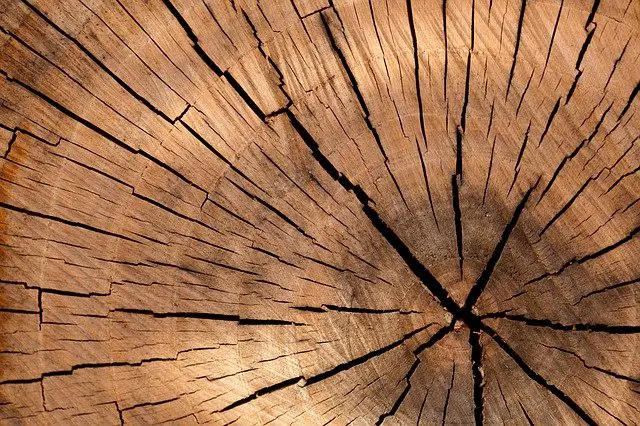Wood cracks are nasty! They are like malignant tumors spreading illness and destruction from cell to cell. But, how to stop cracks in wood from spreading? Keep your curiosity contained!
The real problem is that cracks are inevitable. No matter what you do, they will occur, whether it’s your cozy wooden chair, that favorite dining table, or the stair steps. It can occur anywhere. So, the only practical way is to stop them from spreading.
But how? See below.
How To Stop Cracks in Wood from Spreading?
Cracks in wood occur as it’s natural. These can happen due to aging. Wood overtime collects the rain infiltrate. It handles harsh conditions of hot and cold weather, making it soft and susceptible to cracks. Plus, it expands and shrinks owing to the weather. Sometimes improper fittings and cutting can trigger cracks too.
Use this formula to stop cracks in wood from spreading. – R4- Repair, remove, replace, refrain. Do whatever works best for you. But don’t let that little thing alone.
You should be extremely careful while handling it. This can become extremely catastrophic as it may lead to pest infestations, especially termites. These are extremely annoying and hard to get rid of.
Steps To Stop Cracks in Wood from Spreading
- Remove– Cut if you see a crack near the end of the wood. Then, make the ends smooth, and you will have brand new furniture ready in a few minutes.
- Repair – If the crack isn’t accessible or is in such a place where it’s not possible for you just to cut it aside, then use this. Repair the cracks. The most practical and popular option available is to use wood putty. But, if you don’t want to, then glue and sawdust work well too.
- Refrain – Refrain from using low-quality wood. This will ensure that your furniture won’t crack easily. But, even if it does, then there will be fewer chances of the crack spreading.
- Replace – The last option is to replace the old furniture piece altogether. For example, if your chair or a sofa has too many cracks and some of them have already spread, then it’s not worth your time repairing or removing them. Just replace them and get a new one.
You can use any of these depending on the condition of your furniture. If you think you have what it takes, then surely DIY. But we advise you to get help from a professional. They can do it with perfection. Other than that, it will save time too.
Summary
Wood cracks are no fun. But, still, they need to be taken care of. So, to provide justice to your furniture, do follow the advice mentioned in the blog.
Know you know why you have to deal with these notorious calmness stealers. The culprit may be the rain, the weather or the carelessness of you or your carpenter, or a mixture of all these.
But you can fix it. Even if it’s a little work, procrastination isn’t an option available here. You will have to take action as soon as you see the gaps. Use the R4 formula as per your needs. Take help from a pro if you need it.
Frequently Asked Questions
How to stop wood from increasing in size in summer?
The expansion is negligible if you ask me. But it can affect the quality of your furniture. But, as always, prevention is better than cure.
So, to avoid your wood from expanding in the summers, you can keep it indoors. Try to avoid direct contact with sunlight as it can increase the rate of expansion.
How to strengthen cracked wood?
You can use a variety of adhesives to strengthen the quality of the wood even after it has cracks.
Shellack stick, wood putty, glue, and sawdust are some of the popular ones. You can apply wood putty on the cracks to seal them. But you need to be patient with this as it takes time and, honestly, a lot of effort too. The fastest way out there is to use glue and sawdust while shellack stick lands somewhere in between.
How much does wood shrink in winter?
Just about 0.1% to 0.2%. But, if you have a sofa that is 10 or 15 years old, then it’s honestly a lot to damage your wood. The swelling is most at the tangents while the lowest radially.
This occurs as the moisture content drops significantly in winters, so the density increases as the volume decrease and increases in size.

Hi, I’m Sal Muller of Tooltrip.com. My DIY experience led me to understand essential power tools for home projects. Tooltrip.com guides enthusiasts and professionals in choosing right tools for any job. I provide concise top tool reviews for easier, efficient DIY.


